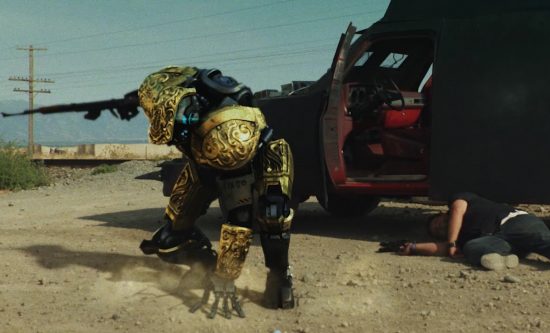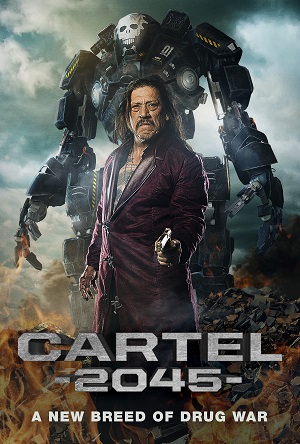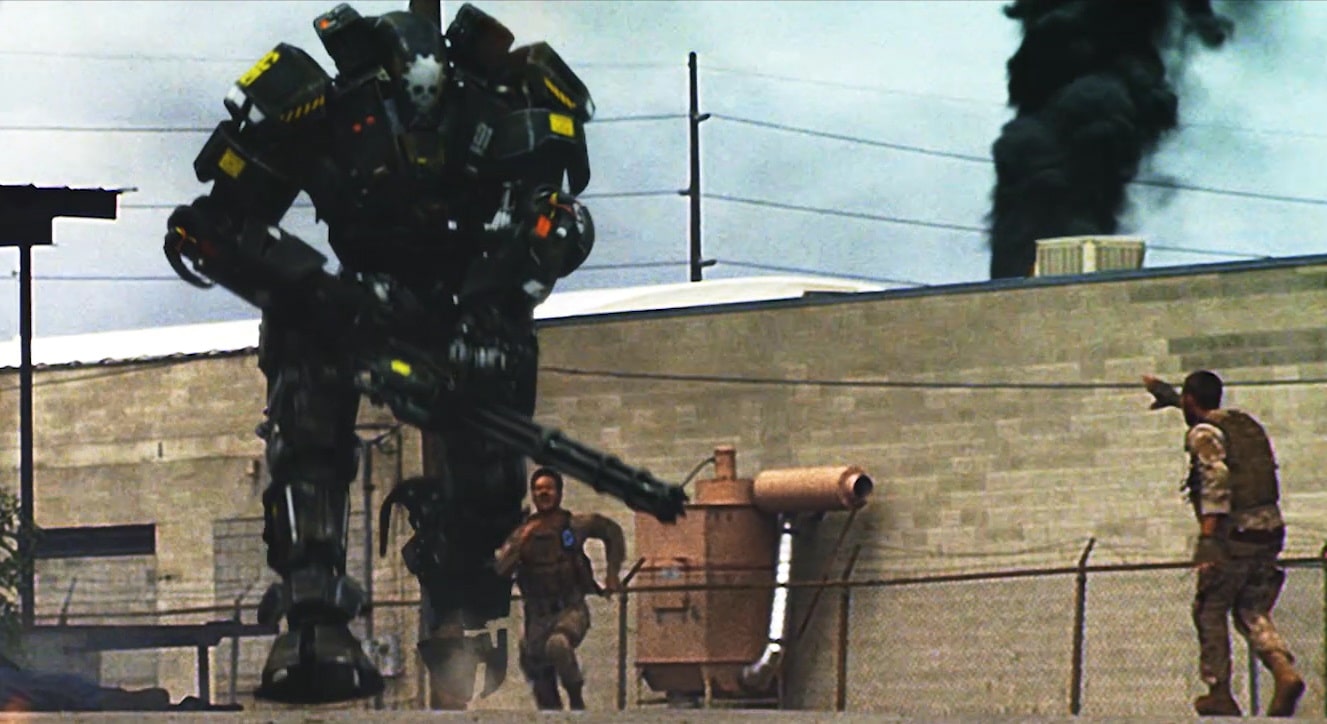 Like most of us who were born into the late days of the 20th century, I grew up convinced that by the time I was an adult there’d be robots everywhere, either serving menial jobs and/or enforcing the law, or overthrowing mankind as the dominant life form on the planet. As with so many lost childhood dreams, there’s an odd blend of relief and regret that none of this has come to pass, even if the role technology plays in our lives has changed substantially. But one thing technological advancements have ensured is that representations of robots in film and TV are more sophisticated than ever.
Like most of us who were born into the late days of the 20th century, I grew up convinced that by the time I was an adult there’d be robots everywhere, either serving menial jobs and/or enforcing the law, or overthrowing mankind as the dominant life form on the planet. As with so many lost childhood dreams, there’s an odd blend of relief and regret that none of this has come to pass, even if the role technology plays in our lives has changed substantially. But one thing technological advancements have ensured is that representations of robots in film and TV are more sophisticated than ever.
Brilliantly realised CGI robots are the primary jewel in the crown of Cartel 2045 (originally made in 2014 as Juarez 2045, but only now getting a US release under this new title). First-time feature director Chris Le’s film shows us a world in which military attack droids have revolutionised warfare, but have also significantly changed the face of street crime. Any self-respecting criminal outfit is not complete without droids of its own, and the most feared criminals of them all are the Malvado cartel of Juarez, headed up by the dastardly Angel Malvado (who else but Danny Trejo). The cartel have abducted a high-ranking roboticist and his daughter, forcing him to build Malvado the most formidable weapon the streets of Juarez have ever seen. To this end, the US military, at war with the cartel, re-enlist disgraced ex-Marine Chris (Alex Heartman) to join a unit tasked with rescuing Malvado’s prisoners, and taking his criminal empire down.
One feels an odd mix of admiration and disappointment watching Cartel 2045, as it’s immediately obvious that director Le and his crew didn’t have a huge amount of money to play with, but at the same time every penny of what they had is clearly on the screen. IMDb lists the film’s budget as $1 million, and if that’s accurate it seems safe to say the bulk of that went on a) Danny Trejo and b) the robots. The SFX work here really is quite remarkable, with incredibly detailed and lifelike droids which are on screen for a hefty portion of the running time, interacting with the live action cast so fluidly, you can barely see the join. Even so, it’s hard not to feel some regret, as if they had more of a mid-range budget – say, around the reported $30 million Neill Blomkamp had on his debut District 9 – it would doubtless have looked even more seamless. As it is, while the robots look great, the digital gunfire and blood spray still looks as unconvincing as it usually does in low budget productions.
 Presumably it was in the interests of making it look more traditionally cinematic that the digitally-shot film was given the Grindhouse treatment; that scratchy, battered old print look that was briefly popular in the indie scene 5-10 years back. This is an odd move in some ways, as while Cartel 2045 may evoke a RoboCop/Terminator/Predator-esque tone, it doesn’t directly ape a 70s/80s aesthetic. However, this move does mean the film mostly avoids the cheap-as-chips DV look that makes so much of today’s low-budget fare off-putting.
Presumably it was in the interests of making it look more traditionally cinematic that the digitally-shot film was given the Grindhouse treatment; that scratchy, battered old print look that was briefly popular in the indie scene 5-10 years back. This is an odd move in some ways, as while Cartel 2045 may evoke a RoboCop/Terminator/Predator-esque tone, it doesn’t directly ape a 70s/80s aesthetic. However, this move does mean the film mostly avoids the cheap-as-chips DV look that makes so much of today’s low-budget fare off-putting.
So while it’s hard not to wish that Le and company had been able to secure a bigger budget to really do their vision justice, as it stands Cartel 2045 is still a perfectly enjoyable old-school sci-fi action romp. Danny Trejo is, as usual, Danny Trejo, and seems to be having plenty of fun in his big bad boss man role, but thankfully the cast of comparative unknowns around him also do a fine job; particularly the soldiers, who make for a pretty convincing military unit, and pull off some good action scenes as well as plenty of enjoyable tough guy trash talk.
Cartel 2045 is released to VOD in the US on May 1st, via Uncork’d Entertainment.
